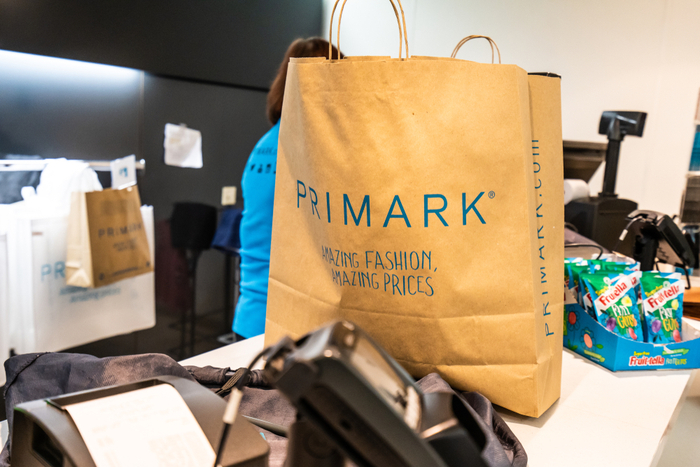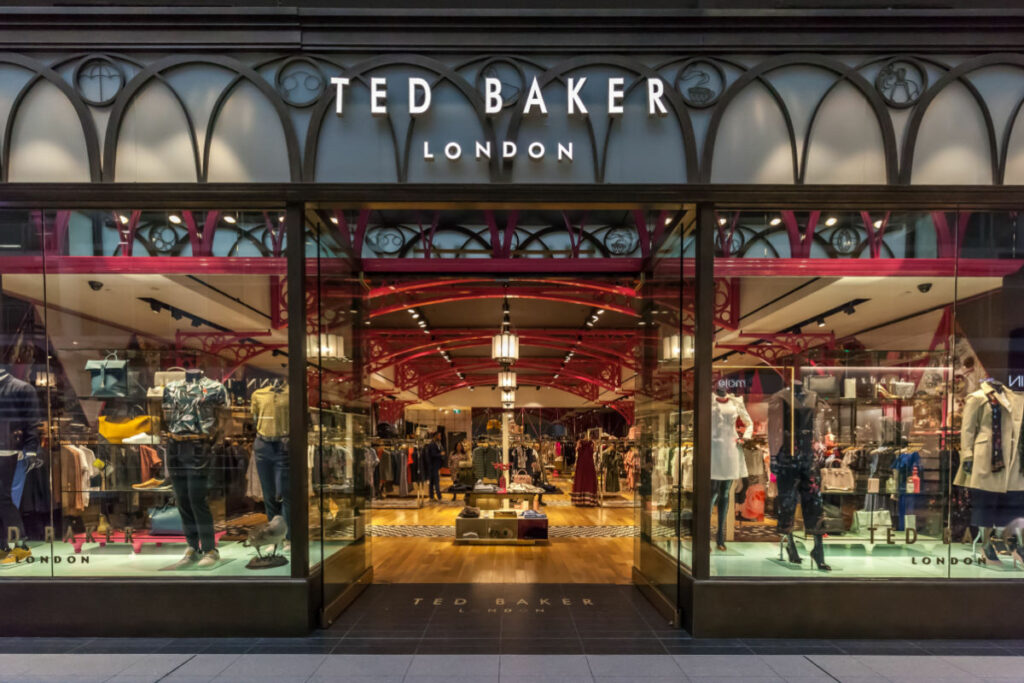Last week Primark revealed that its crucial Christmas like-for-like sales had plunged 10% on pre-Covid levels as footfall slowed due to Omicron fears.
This is the latest pandemic-related blow for the retailer, which has had a torrid two years with lockdowns forcing the closure of its stores that for Primark represent its only sales channel.
With no online store to fall back on, Primark has been hit hard. The retailer estimated that it lost £1.1bn in the first half of its last financial year – when much of the world was in lockdown. In fact, 305 of its 389 stores were closed last January, including 190 in the UK.
Although the picture is nowhere near as bleak year, the pre-Christmas footfall dip as the Omicron variant spread across the UK, shows how vulnerable Primark could be if more variants emerge in future years.
Could finally launching a transactional website help protect Primark from this risk? Or would online be too difficult to nail for the value retailer?
Is the time right for Primark to go digital?
For the past decade Primark has been one of the beacons of physical retail, proving that shoppers will make the trek into town centres if you have great products at great prices.
The value fashion giant has shunned online and has continued to expand its footprint as rivals such as New Look and Topshop closed stores.
In fact, in 2019 it opened the largest fashion store in the world, a five floor, 160,000 sq ft emporium in Birmingham.
But the decision to shun the rapidly growing ecommerce channel has harmed the retailer over the past two years when lockdowns have forced the closure of stores and stimulated a huge step change in online shopping.
At its peak in February last year, online accounted for a whopping 36.8% of all retail sales and Primark’s ecommerce rivals Asos and Boohoo posted surging sales.
Although that has reduced as stores have re-opened, reaching 26.6% in December, online is still a more significant portion of retail sales than pre-pandemic.
Primark remains resolute that it will not sell online. “Our decisions online will be taken in their own context, not because of a once-in-a-hundred years pandemic,” George Weston, the chief executive of Primark’s parent company Associated British Foods said during the UK’s first lockdown.
Hi Aimee, we can confirm that it is not in our plans to open an online store.
— Primark (@Primark) January 14, 2021
In fact, ABF’s chief financial officer John Bason told Retail Week last year that lockdowns have actually made its stores more appealing to shoppers.
“There’s been a shift online in apparel but its almost like we’re not affected by it – it’s going on around us. If anything, the lockdowns have really emphasised the value of what we offer.
“We’ve got a fantastic offer and prices that nobody else can touch online or offline, and that’s why people come back to us.”
Indeed, Primark is focused on opening more shops, with 100 new stores planned over the next five years as it plots further international expansion.
“Primark will eventually have to go online”
However, Peter Williams, former chairman of Asos, Boohoo and Superdry, tells Retail Gazette that while there are significant opportunities for more stores outside the UK for Primark, the retailer risks losing sales in its more established markets.
“Physical retail is neither dead nor dying, but it is getting smaller as a proportion,” he says.
“The younger generations, taken as a whole, have less propensity, to go shopping in physical stores. They have grown up with the internet as their conduit for so many elements of their lives – communication, entertainment, information and shopping.
“Primark will eventually have to go online.”
Online retail expert Martin Newman agrees that pressure is growing for Primark to launch online. “All retailers and brands need to turn up where their customers are and increasingly being a stores only business will affect their growth prospects,” he argues.
Getting the online model right
Williams acknowledges that Primark’s low prices make ecommerce challenging.
“Given the Primark low pricing and narrow gross margin structure, it is difficult for the online channel to be profitable,” he says.

Laura Morroll, director at management consultancy BearingPoint, agrees that the challenge for Primark is the economics of selling online where the average retail price of an item of clothing is around £5 and the cost of picking, packing, online fulfilment and returns processing is greater than the product margin itself.
Meanwhile, the set up costs alone from warehousing to customer services will be significant.
Morroll thinks Primark is better off focusing on building a strong digital presence, which engages customers with the latest trends and drives people to stores, which is where they will do the actual purchasing, which will often include additional impulse purchases.
The retailer is, in fact, launching a new website by the end of March, which although non-transactional, will allow customers to see what clothes are available in stores.
Morroll says: “The website gives shoppers the opportunity to discover new products, and importantly with 2022 upgrades, to check stock availability in preparation for a store visit.
“This leaves stores firmly in the role of purchase channel, offering shoppers the opportunity to physically engage in the theatre of the brand.”
However, Newman is convinced that Primark can make it work online. He points out that by driving up customer lifetime value and increasing customer retention by just a few percent online, Primark could cover all investment costs that come with building an ecommerce business.
“Even if you make a little less per customer online, wouldn’t you rather have a larger share of their overall spend by enabling them to shop how they want to? Because that’s what will happen,” he says.
Moreover, Newman tells Retail Gazette that if Primark is still concerned about profitability from online, they could set a minimum average order value for online purchases.
“Ultimately, I believe they should adopt an omnichannel model and empower their customers to shop how they want to online, offline, research online – purchase offline, click and collect and so on. This will drive up customer lifetime value and overall profitability,” he explains.
“We don’t live in a mono channel world. Most consumers are multichannel customers buying on and offline therefore they are likely to grow customer lifetime value by offering customers the opportunity to shop how they want to with Primark.”
There is no doubt that Primark still has many opportunities to grow in the physical world, but by ignoring online it may, over time, become disconnected with how its customers want to shop and could lose a vital slice of their spend.
If the fast fashion chain can get its online model right, it could not only Covid-proof but future-proof its business.
Click here to sign up to Retail Gazette‘s free daily email newsletter


















